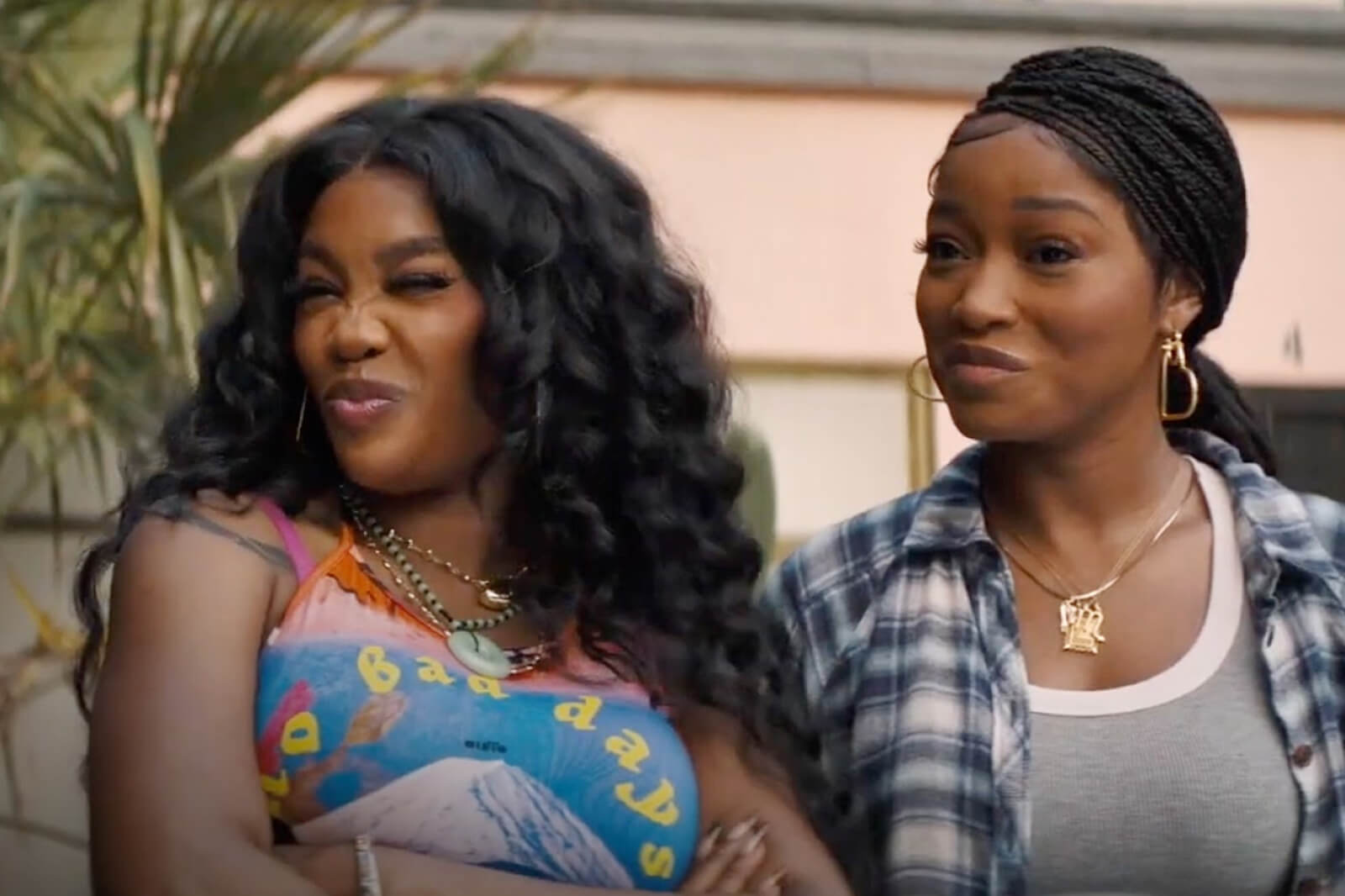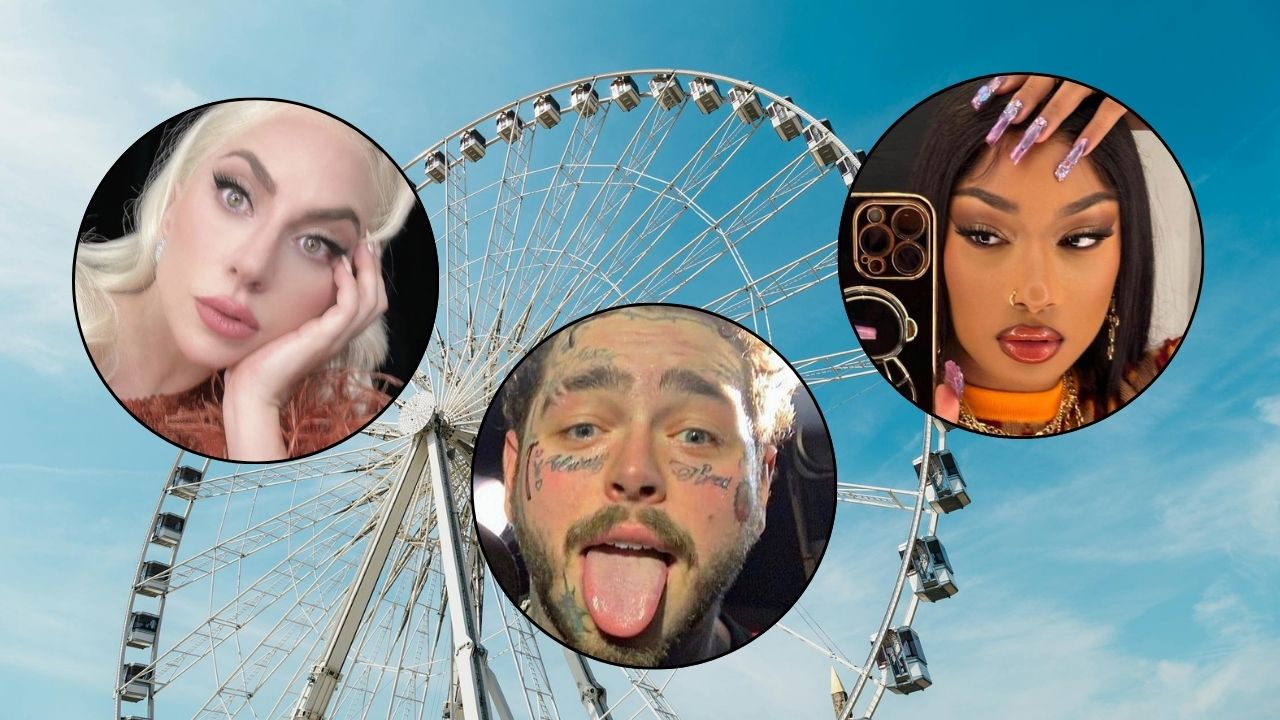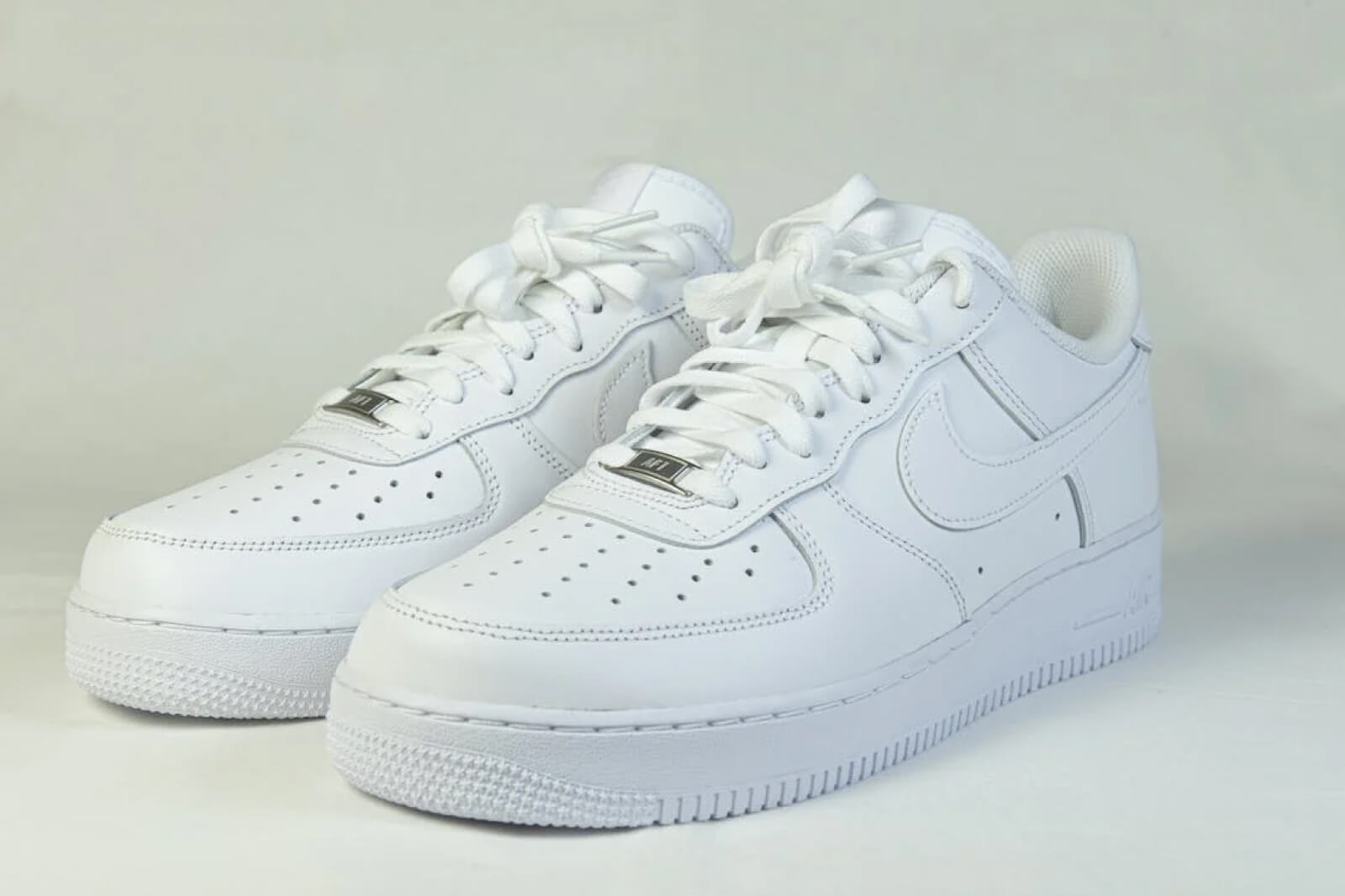
Flag
Photo by Stavrialena Gontzou on Unsplash
While furries aren’t necessarily a rare sight at pride parades, their inclusion within the larger banner of LGBTQIA identity remains contentious.
Before moving forward, let’s get a core clarification out of the way: The furry community encompasses anthropomorphic animal enthusiasts of all types. For some, their only interest is the art, storytelling, or crafting involved in the community, but for others there’s a strong sexual or identitarian element to their involvement. This is an important distinction to make in the discussion of LGBTQIA inclusion––the former group really are just fans of a specific art form or culture. For conversation purposes, however, we’ll be focusing on the latter group of furries, specifically those who view their furrydom as a core aspect of their identity.
The furry community itself is most certainly a safe space for LGBTQIA-identifying people: Nearly 80% of furries identify with a sexual orientation other than hetero. Moreover, at least 10% of furries identify as transgender. As such, it’s clear that furry communities have a lot of crossover with LGBTQIA spaces––most LGBTQIA people aren’t furries, but most furries are LGBTQIA. Of course, participating in a community largely populated by LGBTQIA people doesn’t necessarily make someone LGBTQIA. But for the portion of furries who genuinely identify as their “fursonas”––alternative furry identities––perhaps that should be grounds for inclusion.
In the LGBTQIA community, “Queer” is the most open term, applying to many different elements of identity that don’t conform to the dominant binary narrative. Most people who self-identify as queer do so because the other LGBTQIA terms don’t accurately reflect the intricacies of their gender identities or sexual orientations. For instance, a biological woman who identifies as masculine but not necessarily transgender might simply call herself queer as shorthand.
The most prominent commonality across all LGBTQIA identifiers is a deviation from “the norm” in relation to identity, usually coupled with a desire for cultural acceptance. In light of this fact, the inclusion of furries under the LGBTQIA banner makes a lot of sense.
The International Anthropomorphic Research Project is a research initiative exploring the psychological, anthropological, and sociological elements of furrydom. Their studies have revealed all sorts of fascinating sociological trends amongst furries, but perhaps most interesting is the fact that over 35% of furries do not view being a furry as a choice. Similarly, roughly 35% of furries claim that they feel less than 100% human, with 94.3% of those particular furries clarifying that they feel non-human mentally (only 13% feel this way physically).
Assuming some portion of these furries not only identify as a part of the furry community, but also consider that identity an immutable aspect of themselves, what differentiates them from any other person who self-identifies as queer? If the distinction is social acceptability, that’s what LGBTQIA communities seek to destigmatize in the first place. If it’s related to the fact that many queer people include their sexuality in their queer identity, the same is true for furries; and even so, sexuality is not a necessary aspect of queerness. Finally, if the difference boils down to an attempt to parse furry identity from possible mental illness, the same argument has been used time and time again against the LGBTQIA community.
That’s not to say all furries fit the qualifications for “queerness” or that some furries who do so might not also suffer from mental illness. It’s simply to say that some furries, solely through the virtue of their furry identity, should qualify as “queer” and be accepted into LGBTQIA spaces with the same openness that would be extended towards anyone else who honestly self-identifies outside the boundaries of heteronormativity.
The majority of furries with fursonas agree that their fursonas are representations of their ideal selves. Thus, through adoption of a fursona, furries who identify as mentally not-fully-human can attempt to live their best, most truthful lives. In essence, these furries are doing the same thing as any other LGBTQIA person––being themselves. If Pride Month is about acceptance and celebration of identities that don’t conform to the mainstream narrative, we should include furries in that acceptance and celebration, too.
- LGBTQ FURRY/ANTHRO – Roblox ›
- LGBTQ groups in Furry Creek – Meetup ›
- Furry Glen & Dublin Bears @ Adelphi – Dublin LGBTQ Pride – June … ›
- Pyxe @BLFC on Twitter: “When Gay meets Gayer….. #LGBTQ #tiktok … ›
- Transage people and furries belong in the LGBT community … ›
- How the Furry Community Became a Safe Space for Youth – VICE ›
- Man buys a hate group’s domain and turns it into a gay furry site … ›
- What’s the Deal with “Furries?” | Psychology Today ›
- 9 questions about furries you were too embarrassed to ask – Vox ›
- Is Being a “Furry” Considered a Sexual Orientation? – Furries attend … ›













